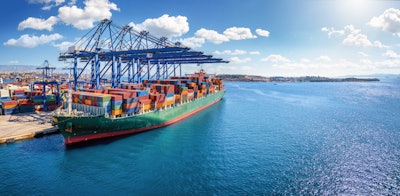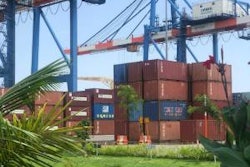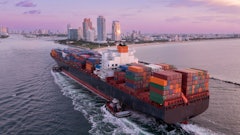
Dimerco Express Group's March 2025 Asia-Pacific Freight Market Report demonstrates how rising tariffs, erratic demand trends, and continuous capacity changes are posing challenges for global supply chains.
“Shippers are preparing for major shifts in freight demand and cost structures as a result of the impending March 4, 2025, implementation of U.S. import tariffs on goods from China, Canada, and Mexico, as well as other trade measures,” the report says. “The analysis finds early indications of supply chain modifications already in progress, despite the fact that these policies are creating uncertainty in important markets.”
Key takeaways:
- The once-strong e-commerce boom is showing signs of slowing, particularly in the United States and Europe, as businesses re-assess shipment volumes amid shifting tariff policies.
- Global ocean freight networks continue to face uncertainty as carriers assess the safety of resuming Red Sea transits through the Suez Canal.
- U.S. import tariffs on goods from Mexico, Canada, and China are reshaping trade flows, with businesses exploring alternative sourcing options.
- Ocean carriers are introducing new vessels to ease supply constraints, but market demand remains inconsistent.
- Taiwan and South Korea continue to see steady demand for high-tech products, while Southeast Asia faces capacity pressures linked to Ramadan and the ongoing shift to ocean freight.













![Pros To Know 2026 [color]](https://img.sdcexec.com/mindful/acbm/workspaces/default/uploads/2025/08/prostoknow-2026-color.mduFvhpgMk.png?ar=16%3A9&auto=format%2Ccompress&bg=fff&fill-color=fff&fit=fill&h=135&q=70&w=240)




